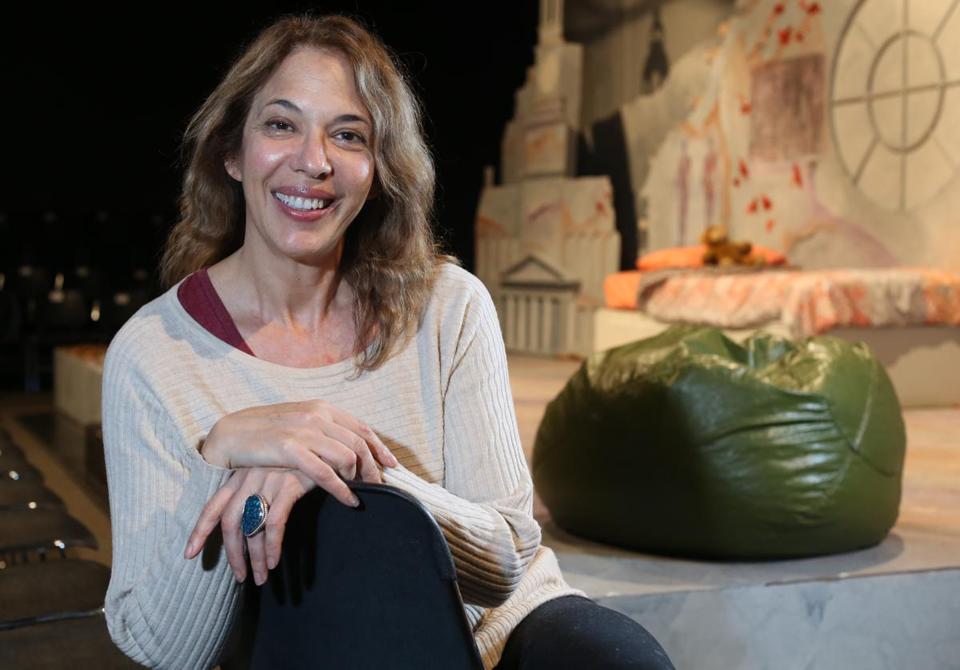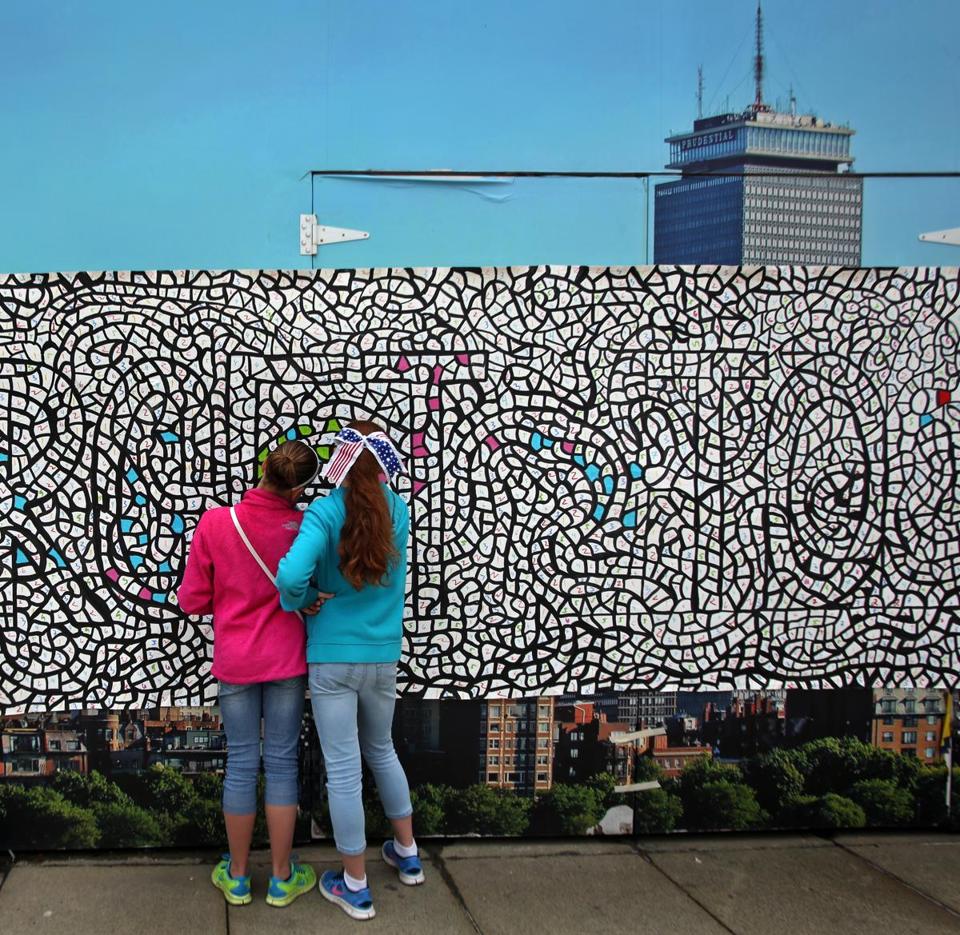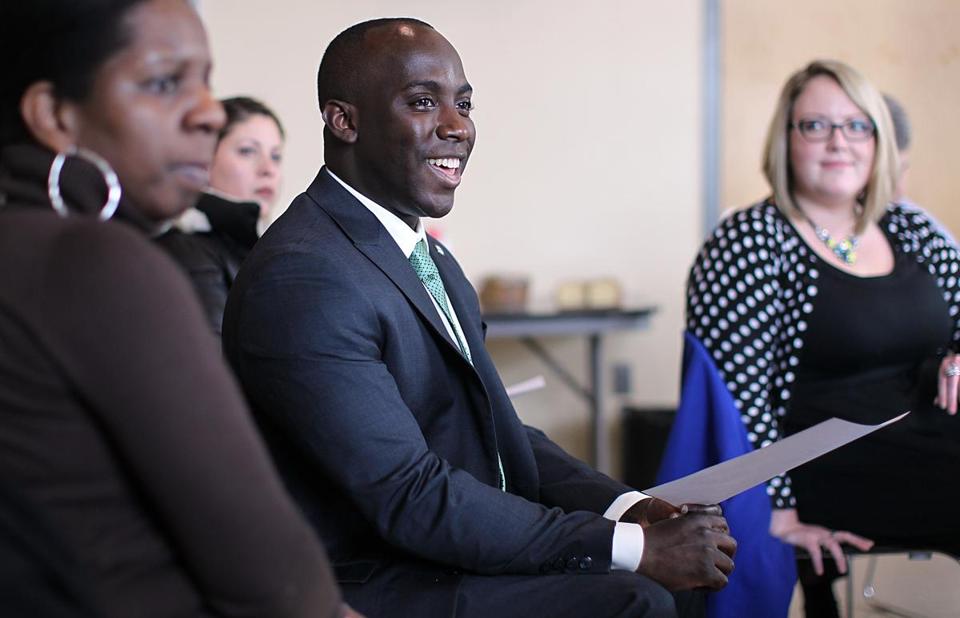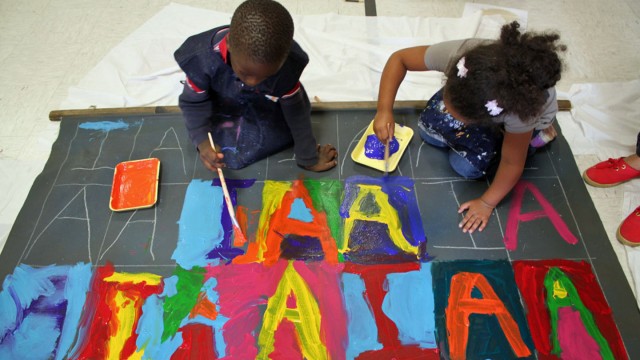Link Roundups feature articles and bits of internet goodness that our dramaturgy team digs up. If you find something you want to send our way, drop us a line on Facebook or Twitter!
♦♦♦♦♦

Julie Burros, Boston’s chief of arts and culture, during a Boston Creates town hall in March at Bunker Hill Community College. / Aram Boghosian for The Boston Globe/file
As reported in this week’s Boston Globe, the draft of the city’s Cultural Plan is now open to public comment — give your thoughts before the end of this weekend!
The draft plan describes five primary goals for arts and culture in the city, including creating “fertile ground” for the arts by encouraging the formation of more funding and venues for arts groups, supporting efforts and policies to keep individual artists in Boston, and cultivating a civic climate where all cultural traditions “are respected, promoted and equitably resourced.” Other overarching goals include integrating the arts throughout the city and creating partnerships to support the city’s arts and culture sector.
♦♦♦♦♦
HowlRound’s livestream of the Breaking the Binary symposium is now available to watch:
Breaking the Binary was conceived, organized, and will be hosted by Lisa Evans and SK Kerastas who recognize a strong need for education around this issue in our field—even amongst theatre professionals working from a social justice base. This past year alone there were multiple instances of well-intentioned theaters around the county receiving backlash from trans* communities for their handlings of productions with trans* material. Building on a national movement for equity in our work, SK and Lisa want to provide some holistic support to theatre organizations and artists making this kind of work.









